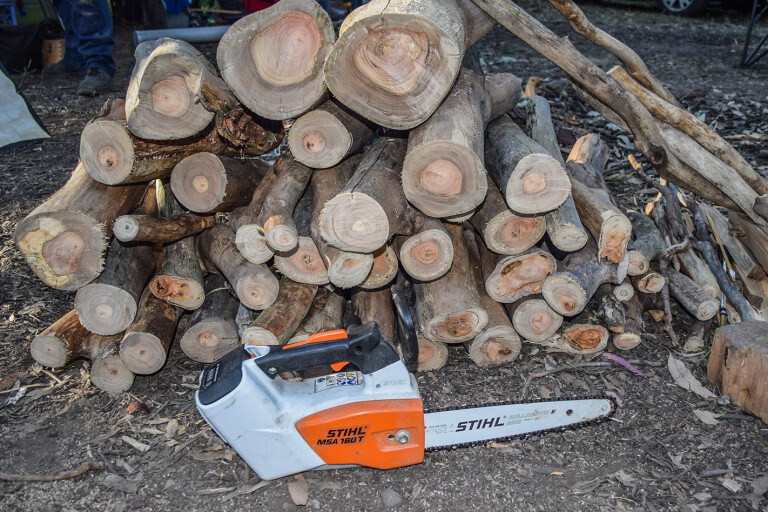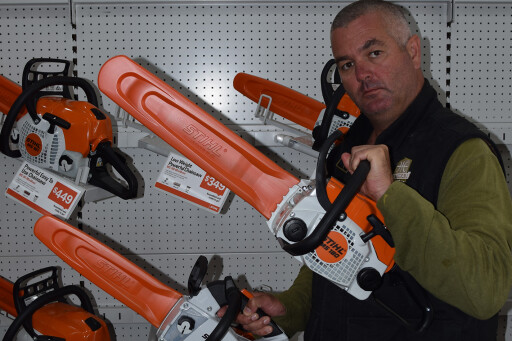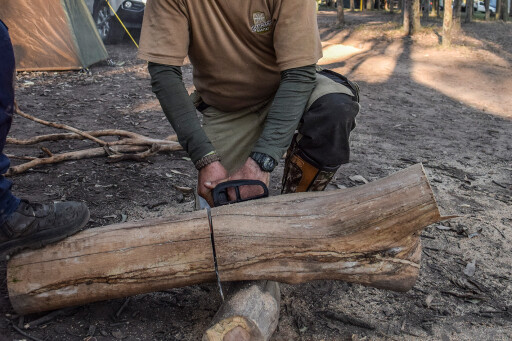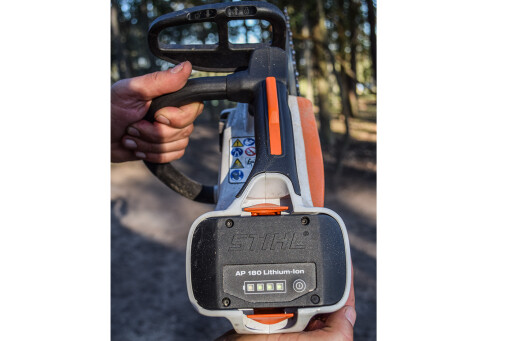
MANY off-roaders pack a chainsaw to deal with a road block or to cut firewood – so it’s common to see one strapped to a set of roof racks.
Commonly, these are mid-range chainsaws that weigh around 5kg and require a 5- or 10-litre jerry can of two-stroke that weighs another 4-7kg. So that’s a 10kg addition to a roof-rack load. But does carrying a chainsaw need to be such a weighty issue? These days, the answer is probably no.
Myriad chainsaw models are on the market for the homeowner, landowner, arborist, forestry worker or emergency service operator. And with chainsaws becoming smaller and cheaper, every amateur gardener anywhere could have a chainsaw by Christmas.

But have these chainsaws got what it takes to replace their heavier counterparts for duties in remote areas? While many of them are definitely great for light home duties, how reliable are they? The old adage ‘you get what you pay for’ generally applies across the commercial sector, so it may not pay to buy a tool that can’t clear a fallen tree on a remote track.
So we were excited to see a mate pull out a pocket-sized Stihl MSA 160T when we arrived at a favourite campsite a few weeks back. In this instance, our mate cuts firewood as a second job and has a shed full of ‘big-boy’ chainsaws back home, so it seemed only logical to ask him to put the MSA 160T through its paces. The MSA 160T is an arborist’s chainsaw that weighs 2.3kg minus the battery (yes, we did say battery).
How to use a chainsaw correctly
Being electric, it springs into life at the touch of a button – no messing around with fuel. Once started we were struck by the relatively noiseless nature of the MSA 160T, this thing zinged rather than roared. “You don’t need to wear hearing protection, and you don’t disturb other campers when you’re using it,” old mate said.

The MSA 160T’s short bar made it very easy to use, while the smaller teeth reduced kick-back. In terms of battery life, we chopped enough dead-fall in 15 minutes to last all weekend. The battery has four LED charge indicators, which told us we’d used just a quarter of the battery’s charge in this effort. Indeed, our mate told us he’d filled a box trailer in one session without the battery going flat. The battery we tested was an AP 180 (36-volt with a maximum 35 minutes of cutting time).
Using the AL 100 charger, getting from 3/4 to full power took no longer than the time taken to cook dinner and enjoy a few coldies in front of the fire.
Another feature of electric operation is that there’s little wear and tear. The chain still requires lubrication, but there are no other moving parts and the chainsaw has few vibrations, so servicing costs are reduced. The battery locks in from the top, so it’s unlikely to come loose as can happen with side-battery mountings. The top handle allows for single-handed use, but if you’re looking for a more traditional rear handle it has a bigger brother in the MSA 200.

Best of all, you don’t have to worry about two-stroke. So that’s one less jerry can to pack and, combined with the MSA 160T’s compact size, less weight on the roof racks. The downside is the price, as this little fella costs $349 for the chainsaw alone. It’s a further $269 for the battery and $54 for the charger. The same battery and charger can be used on other Stihl cordless products, so you could alleviate the burden by consolidating your hardware needs around the Stihl brand. But that doesn’t help if your garage is already kitted out with power tools.
AVAILABLE FROM:
RRP: $349 (chainsaw), $269 (battery) and $54 (charger)
WE SAY: Lightweight and quiet, but it’s not cheap.

COMMENTS